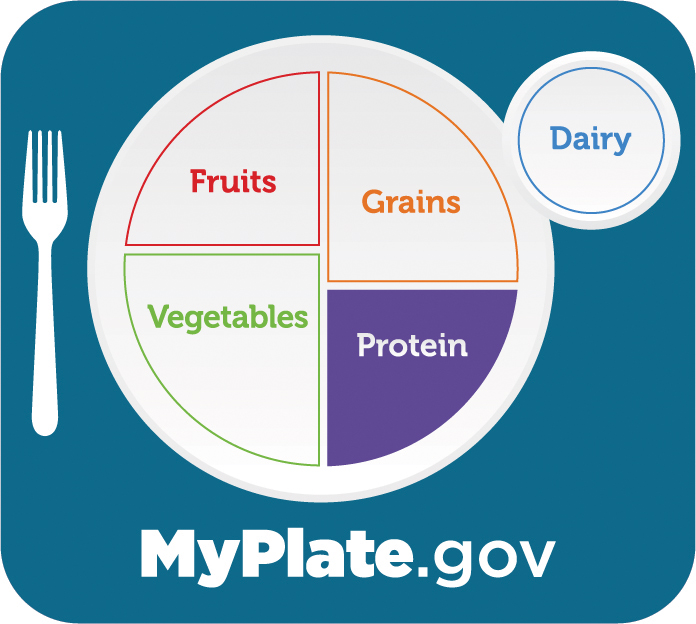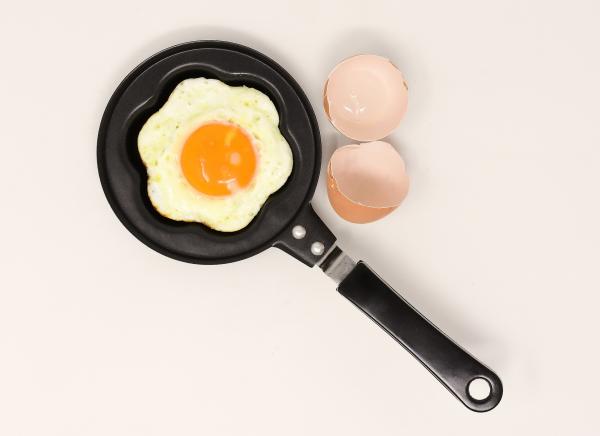The price of eggs rose by 11% in January and does not appear to be coming down in the immediate future. The price hike is primarily due to the bird flu, which killed millions of egg-laying hens in 2022 in the deadliest outbreak in U.S. history.
Facts about Eggs
In the 1970s, the public was urged to avoid eggs because one egg contained about 185 milligrams of cholesterol, which was assumed would contribute to high blood cholesterol, leading to heart attacks. However, about 20 years ago, the advice changed, and eggs became a recommended source of protein.
Eggs are a complete source of high-quality protein, containing all nine essential amino acids [1]. They are also low in calories, about 71 calories per egg, along with a range of vitamins and minerals. Like other protein sources, eggs promote feelings of fullness, which is helpful if you are trying to lose or maintain weight. An average-sized egg contains about 6-7 grams of protein, roughly evenly divided between yolk and whites.
The same amount of protein is found in eggs, whether raw, boiled, or fried. However, DO NOT eat raw eggs due to the risk of Salmonella bacteria contamination which is destroyed by cooking. Illness from Salmonella consists of diarrhea, fever, and stomach cramps which can be severe in some people.
How Much Protein is Needed?
The National Academy of Medicine recommends that adults get just over 7 grams of protein for every 20 pounds of body weight:
- For a 140-pound person, this is about 50 grams of protein per day
- For a 200-pound person, this is about 70 grams of protein per day.
 In the U.S., very few people are deficient in protein. For most of us, the problem is the extras that come with protein, saturated fats, or sodium, which are associated with health problems.
In the U.S., very few people are deficient in protein. For most of us, the problem is the extras that come with protein, saturated fats, or sodium, which are associated with health problems.
As depicted in the U.S. Department of Agriculture’s (USDA’s) My Plate, protein should take up less than ¼ of a plate. The rapid rise of egg prices has impacted one of the most affordable sources of protein, especially at breakfast, the most popular time to eat eggs.
If you are one of the approximately 13 million Americans raising their own chickens, you have found your alternative. For those for whom a chicken coop is impractical or desired, consider these eggless options.
Some egg alternatives
- Greek Yogurt: One cup of plain nonfat Greek yogurt contains about 16 grams of protein, twice the amount of protein in regular yogurt. In Greek yogurt, the whey is removed, resulting in a thicker, denser, and less sweet product. For the purist, plain Greek yogurt is best, but for those who like sweeter yogurt, fruit-flavored yogurts contain the same amount of protein but more added sugar.
- Peanut Butter – Two tablespoons of peanut butter contain 7 grams of protein.
- Cheddar cheese – One ounce of cheddar cheese contains 6.5 grams of protein. Although cheddar cheese is high in saturated fat, lower-fat cheddar cheese options are available.
- Cottage cheese – the perennial favorite of the weight-conscious, one-half a cup contains 12 grams of protein.
- Turkey sausage – 2 links contain about 11 grams of protein.
- Smoked salmon – 3.5 ounces contains 18 grams of protein. It is very high in sodium, so try not to overdo it.
- Protein Waffle – This waffle contains 20-24 grams of protein. It gets its boost from yogurt and oats instead of flour.
For the more adventurous eaters amongst us
- Chickpeas – One-half a cup contains 8 grams of protein; they are the base of hummus.
- Lentils – One-half a cup contains 8 grams of protein. They come in many colors, don’t need to be soaked first, and cook up faster than beans.
- Pumpkin seeds – One ounce of shelled seeds has 8 ½ grams of protein.
- Tofu – The poster child of natural eating, three ounces have 8 grams of protein.
- Quinoa – 1 cup of cooked quinoa contains 8 grams of protein and lots of fiber.
Alternatives to Eggs for Baking
While 65% of eggs are purchased through retail outlets “in the shell,” 27% are used in other food products, especially baking. Baked goods rarely serve as a significant source of protein, so here, the eggs’ role includes binding, leavening, moisture, flavor, and appearance. There are egg alternatives, but be aware that it sometimes takes a fair amount of experimentation to get to the right texture and taste for your baked goods:¼ cup of applesauce, mashed bananas, “silken” tofu, plain yogurt, or carbonated water can replace one egg.
[1] Histidine, isoleucine, leucine, lysine, methionine, phenylamine, threonine, tryptophan, and valine.
Sources: 10 Foods with More Protein Than an Egg
Foods With More Protein Than an Egg
16 Best High-Protein Breakfasts That Aren't Egg
13 Effective Substitutes for Eggs




